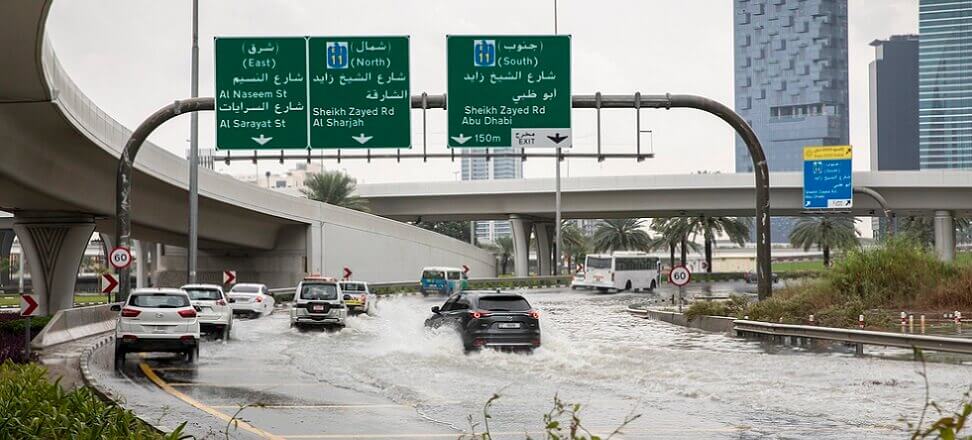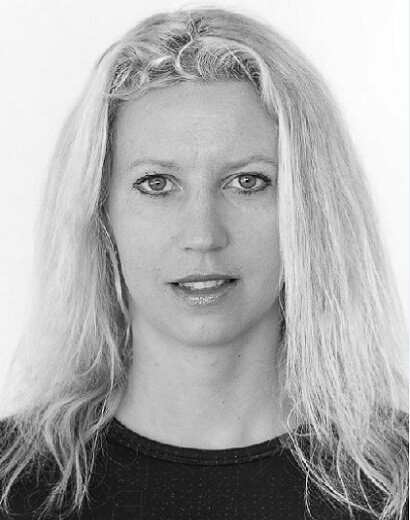Never before has such heavy rainfall been recorded in the desert United Arab Emirates. Flash flooding in Dubai began on Tuesday, April 16, and within 24 hours paralyzed the entire city and led to the closure of one of the world’s busiest airports. Questions are multiplying not only about the causes of the disaster, but also about obvious deficiencies in the flood control infrastructure.
A year of rain in one day
The Emirati government’s press office reported that in less than 24 hours, weather stations in Al Ajn, located in the west of the country, recorded 254 mm of rain – more than the region’s annual total. A total of five locations across the country recorded more than 200 mm of rainfall. April’s flooding in Dubai and neighboring cities is believed to be the worst in 75 years. Streets turned into streams, the main road from Dubai to Abu Dhabi was closed, many flooded cars were abandoned. In Ras Al Khaimah, a 70-year-old man died when floods lifted his car. Supplies to stores were halted, and many citizens were unable to leave their homes. Elevators have stopped working in Dubai’s skyscrapers.
Public offices and schools will remain closed until Friday to avoid exposing the public to the threat of high water levels. In UAE neighbor Oman, flooding has already claimed the lives of at least 19 people, including ten children heading to school. Today, the weather in the Emirates has already stabilized, but residents of Dubai, Abu Dhabi and Sharjah have had to deal with thick fog. The National Center for Meteorology issued a yellow warning as a result, appealing to drivers to be extremely cautious.
What caused the flooding in Dubai?
Heavy rains in the UAE have triggered a wave of suspicion in the media about artificial weather manipulation. In fact, since the 1990s, Emirati authorities have been using a technology called cloud seeding to increase rainfall in the rain-thirsty region. We’re talking about spraying clouds with special compounds, such as powdered silver iodide, which causes condensation in the air and induces rain. The Emirates’ aircraft fleet has one of the most advanced cloud seeding systems in the world. This time, however, the government denied reports of sky-high operations, pointing out that the flooding in Dubai is solely the result of natural weather phenomena, and seeding is never carried out if the forecast says there is a serious threat.
Meanwhile, the National Meteorological Center has warned of rainy weather since Sunday, April 14. According to his experts, there was a collision between a low in the upper layers of the atmosphere and the low pressure above the earth’s surface, which acted like a piston and provoked the development of a massive storm. The rain over the Emirates was part of a low-level system that stretched over the Arabian Peninsula and also caused flooding in Oman and southeastern Iran.
Climate change is responsible for the intensity of the phenomenon, as meteorologists from other countries around the world have confirmed. Prof. Dim Coumou of the University of Amsterdam said in an interview with Reuters news agency that the heavy rains in the Emirates are typical of the convection process resulting from global climate warming. According to Gabi Hegerl, a climate scientist at the University of Edinburgh, the situation in many parts of the world will worsen in this regard.
Infrastructure deficiencies increase costs
The flooding in Dubai proved that even wealthy and highly developed cities in the Arabian Peninsula cannot ignore climate change. In an area where rainfall occurs several times a year, city planners have not provided for adequate drainage infrastructure. Water flooding Dubai’s streets is therefore not an unusual phenomenon, but for the first time in decades the situation has gone completely out of control.
In 2021. A 10-kilometer drainage canal, buried 45 meters underground, has been completed. It drains water from 40 percent of the area of the city and is part of a broader investment project to prevent flooding, but its scale is still insufficient, and transformation of existing infrastructure is difficult and very expensive. Also, buildings in cities are not equipped for the possibility of rapidly rising water levels.
A wave of harsh criticism was levied at the management and staff of Dubai International Airport, which, despite its technological sophistication, failed to show stranded passengers the support they needed for hours. People slept on the floors, food and water were distributed haphazardly, and information was lacking. The Dubai flood has thus become painful proof of the importance of climate change adaptation not only at the infrastructure level, but also at the crisis management level.

 Polski
Polski






